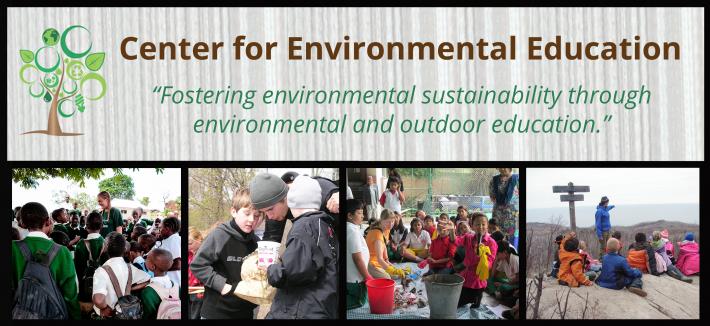Homeexcellence In Engineering Education Mookencheril Mathews
- Homeexcellence In Engineering Education Mookencheril Mathews Texas
- Homeexcellence In Engineering Education Mookencheril Mathews Nc
- Homeexcellence In Engineering Education Mookencheril Mathews Va



Homeexcellence In Engineering Education Mookencheril Mathews Texas

Homeexcellence In Engineering Education Mookencheril Mathews Nc
Innovations in Engineering Education- 2005 Journal of Engineering Education- 2005 Teaching Engineering-Phillip C. Wankat 2015 This book aims to cover all aspects of teaching engineering and other technical subjects. It presents both practical matters and educational theories in a format that will be useful for both new and experienced teachers. Excellence in Engineering Education, mathews. Do you wish to take your Institution from Good to Great?
Homeexcellence In Engineering Education Mookencheril Mathews Va
ISSN: 1558-3058
E-ISSN: 1558-3066
DESCRIPTION
International Journal of Architectural Heritage provides a multidisciplinary scientific overview of existing resources and modern technologies useful for the study and repair of historical buildings and other structures. The journal will include information on history, methodology, materials, survey, inspection, non-destructive testing, analysis, diagnosis, remedial measures, and strengthening techniques.
Preservation of the architectural heritage is considered a fundamental issue in the life of modern societies. In addition to their historical interest, cultural heritage buildings are valuable because they contribute significantly to the economy by providing key attractions in a context where tourism and leisure are major industries in the 3rd millennium. The need of preserving historical constructions is thus not only a cultural requirement, but also an economical and developmental demand.
The study of historical buildings and other structures must be undertaken from an approach based on the use of modern technologies and science. The final aim must be to select and adequately manage the possible technical means needed to attain the required understanding of the morphology and the structural behavior of the construction and to characterize its repair needs. Modern requirements for an intervention include reversibility, unobtrusiveness, minimum repair, and respect of the original construction, as well as the obvious functional and structural requirements. Restoration operations complying with these principles require a scientific, multidisciplinary approach that comprehends historical understanding, modern non-destructive inspection techniques, and advanced experimental and computer methods of analysis.
Therefore, International Journal of Architectural Heritage covers the main aspects related to the study and repair of existing buildings, including:
• Issues on the history of construction and architectural technology
• General criteria and methodology for study and intervention
• Historical and traditional building techniques
• Survey techniques
• Non-destructive testing, inspection, and monitoring
• Experimental results and laboratory testing
• Analytical and numerical approaches
• Innovative and traditional materials for repair and restoration
• Innovative strategies and techniques for repair and restoration
• General remedial measures
• Repair and strengthening of structures
• Seismic behavior and retrofitting
• Detailed and state-of-the-art case studies, including truly novel developments
The main objective is to provide an overview of existing resources useful for the rigorous and scientifically based study of the state of ancient structures and to present state-of-the-art novel research in the field. The journal will publish review papers, research papers, and detailed case studies. Interdisciplinary contributions will be highly appreciated.
AUDIENCE
University and departmental libraries, research and scholarly institutes.
SUBJECT AREA AND CATEGORY
Arts and Humanities, Conservation, Visual Arts and Performing Arts; Engineering, Architecture
IMPACT FACTOR: 1.440
QUARTILE: Q1
ABSTRACTING AND INDEXING
BRISDAT (British Science Database)
Scopus
Web of Science
EDITORIAL BOARD
Editors:
Professor Paulo B. Lourenço - Universidade do Minho, Departamento de Engenharia Civil, P-4800-058 Guimarães, Portugal
Professor Pere Roca - Universitat Politècnica de Catalunya, Departament d’Enginyeria de la Construcció, Campus Nord UPC, C/ Jordi Girona, 1-3, 08034 Barcelona, Spain
Editorial Board:
Takayoshi Aoki - Nagoya City University, Japan
Görün Arun - Yildiz Technical University, Istanbul, Turkey
Luigia Binda - Politecnico di Milano, Milan, Italy
Marcial Blondet - Catholic University of Peru, Lima, Peru
Thomas E. Boothby - Penn State University, Penn State, USA
John Burland - Imperial College, London, UK
Ario Ceccotti - Trees and Timber Institute (IVALSA), National Research Council (CNR), Italy
Dina D’Ayala - University of Bath, Bath, United Kingdom
Miloš Drdácký - Institute of Theoretical and Applied Mechanics, Prague, Czech Republic
Mehrdad Hejazi - University of Isfahan, Isfahan, Iran
Santiago Huerta - Polytechnic University of Madrid, Madrid, Spain
Wolfram Jäger - Dresden University of Technology, Dresden, Germany
Sergio Lagomasino - University of Genoa, Genoa, Italy
Christiane Maierhofer - Federal Institute for Material Research and Testing, Berlin, Germany
Mookencheril S. Mathews - Indian Institute of Technology Madras, Chennai, India
Roberto Meli - National Autonomous University of Mexico, Mexico-City, Mexico
Mário Mendonça de Oliveira - Federal University of Bahia, Brazil
Antonia Moropoulou - National Technical University of Athens, Athens, Greece
Claudio Modena - University of Padua, Padua, Italy
John A. Ochsendorf - Massachusetts Institute of Technology, Cambridge, USA
J. Delgado Rodrigues - National Laboratory of Civil Engineering, Lisbon, Portugal
Cristina Sabbioni - Institute of Atmospheric Sciences and Climate, National Research Council (CNR), Italy
Koenraad Van Balen - Katholieke Universiteit Leuven (Catholic University of Leuven), Leuven, Belgium
Roko Zarnic - University of Ljubljana, Ljubljana, Slovenia
